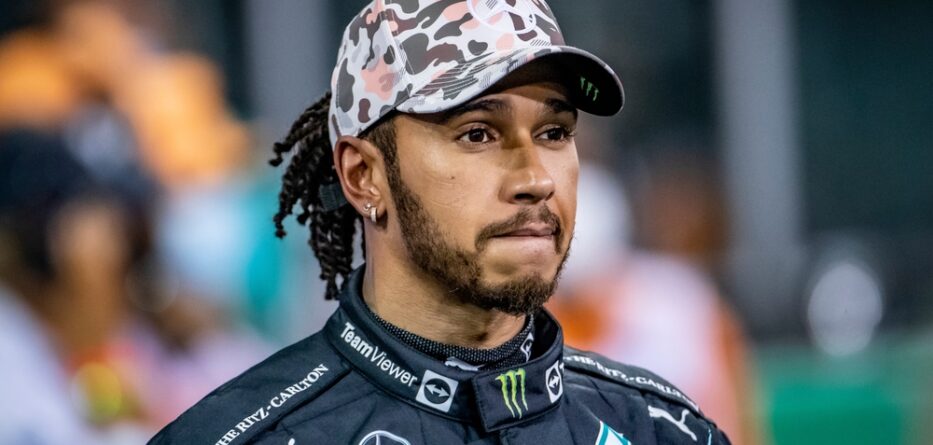
Lewis Hamilton’s much-anticipated move to Ferrari was always going to attract headlines, and halfway through his debut season in red, those headlines are more about struggle than glory. The seven-time world champion, who left Hungary sounding exhausted and self-critical, has endured one of the most challenging starts of his career. The big question now is whether we are seeing the decline of an all-time great, or simply the teething pains of a legend in transition.
A season of two stories
The raw numbers don’t tell a simple tale. Yes, Charles Leclerc has had the upper hand in qualifying, edging Hamilton in 12 out of 17 head-to-head sessions so far. But if you break the season into two halves, Hamilton’s deficit shrinks dramatically. Early on, he was three-tenths off Leclerc on average. Since May, that gap has been cut to less than a tenth. In fact, Hamilton has even out-qualified his teammate in three of the past seven races.
This suggests adaptation is underway, albeit slower than some might expect from a driver of Hamilton’s reputation. The chemistry with his new race engineer Riccardo Adami is still a work in progress, and that matters: at Mercedes, Hamilton thrived on the near-telepathic bond with Peter Bonnington. Meanwhile, Leclerc is not only embedded at Ferrari but is also widely regarded as one of the fastest qualifiers in the sport.
A car that speaks a different language
Hamilton’s hallmark has always been his ability to brake late and carry extraordinary speed into corners, a style made possible by the older generation of cars. But since the 2022 regulations introduced stiff, ground-effect machines, that technique hasn’t paid the same dividends.
Ferrari’s 2024 car, despite recent upgrades, still doesn’t provide the rear stability Hamilton craves. Leclerc has learned to “play with the limit,” but for Hamilton, the car feels less intuitive. And when a car isn’t giving a driver the feedback they expect, finding the rhythm becomes a mental battle as much as a physical one.
The weight of years and experience
At 40, Hamilton is inevitably facing questions about age. While modern examples like Fernando Alonso show competitiveness is still possible into the 40s, longevity isn’t just about fitness—it’s also about mental freshness, adaptability, and motivation. Hamilton has been in Formula 1 for nearly two decades without a break. Compare that to legends like Alain Prost or Nigel Mansell, who returned after time away, and you start to see why the grind of 24-race seasons could be taking its toll.
Former world champion Damon Hill put it simply: “You can get run down.” The endless travel, the weight of expectation, and the memory of near-misses—most notably Abu Dhabi 2021—can erode even the most resilient mindset.
What the future holds
So, is Hamilton in decline? Not necessarily. His qualifying gap to Leclerc is far from catastrophic, and with next year’s technical rules set to bring back cars with flatter floors—closer in philosophy to those Hamilton dominated with—there is a strong chance we’ll see his strengths resurface.
For now, Hamilton’s Ferrari chapter looks less like a fading epilogue and more like a difficult prologue. The transition is real, the challenges are obvious, but the story isn’t over. If the car and the regulations tilt back in his favor, Hamilton may yet remind everyone why he is considered one of the greatest of all time.
-
The Vikings’ New Cheerleaders Prove America Still Panics Over Men in Pom-Poms The Minnesota Vikings just added two...
-
Credit: Shutterstock Popping the Question 8 Years Later Cristiano Ronaldo finally did it. After eight years with Georgina Rodríguez,...
-
Credit: Shutterstock Hulkamania Forever: Wrestling Icon Hulk Hogan Dies After Powerful Final Farewell The world is mourning the loss...
-
Credit: Unsplash It’s not every day fans get nervous about their club spending big—but that’s exactly what’s happening on...
-
Credit: Unsplash Trading Talent for Pennies: What Was Miami Thinking? NFL fans were left scratching their heads after the...
-
Credit: Unsplash Forget the rumors—Hulk Hogan is still kicking, but insiders say his body feels more like it’s 140...
-
Credit: Shutterstock Cristiano Ronaldo hints at Al Nassr exit just weeks before the Club World Cup as speculation grows...
-
Credit: Shutterstock If you’re a Knicks fan, I know. That one hurt. You had a 14-point lead with less...
-
McIlroy captures first Green Jacket, becomes only sixth golfer in history to complete career Grand Slam Rory McIlroy has...
-
Credit: Unsplash Wyatt Hendrickson Shocks the Wrestling World with a Major NCAA Victory and a Patriotic Tribute to Donald...
-
The 2026 FIFA World Cup Final Will Feature an Unprecedented Entertainment Extravaganza The 2026 FIFA World Cup final is...
-
Credit: Pixabay Justin Bieber Surprises Fans with an Unexpected Hockey Fight While Showing Off His Skills at a Charity...




















